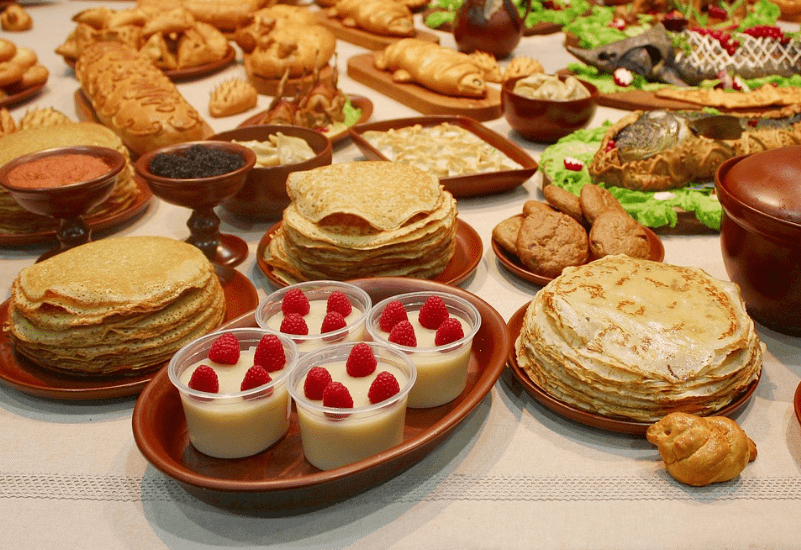When I heard about the renewed interest in cottage cheese, I thought, “This is what happens when we’re too complacent.” I believed it had disappeared, but data shows it never fully went away and is now gaining popularity again.
The comeback of cottage cheese is due to two reasons: it’s being recognized as a low-calorie superfood with high protein and calcium, and TikTok users are using it to make ice cream.
In the early 1970s, cottage cheese was common, often served in large portions on soggy lettuce. Although mainly seen as a diet food, it was offered frequently, partly because it was sold in large containers. Back then, I avoided it completely.
“Industrial” cottage cheese is made from curdled skim milk, resembling “curds and whey,” but retaining only some whey. The curds are typically mixed with cream. It became popular during World War I when the U.S. government promoted it as an affordable protein source.
Cottage cheese is nutritious similar to milk, being a derivative. While it has more protein per calorie due to its density, it contains less calcium as much is lost in the whey. Nutritionally, it has similar levels of vitamin A, iron, and potassium as milk.
Despite its health benefits, can it truly taste good? Numerous recipes try to make it more palatable, including some unconventional ones.
To understand its essence, try making it at home: heat milk to just below boiling (about 90°C), add vinegar (a tablespoon per 240ml of milk), and remove from heat. Stir to form curds, strain using a muslin-lined colander, add salt, and optionally, some cream.
This homemade version is like Russian tvorog and can be used to make syrniki, fluffy Russian pancakes. Drain it slightly to achieve tvorog’s dryness.
Deborah Madison offers a British version with cottage cheese pancakes topped with sour cream and currants. Alice Zaslavsky’s recipe suggests savory syrniki with an onion and caraway seed sauce.
Pierogi, Polish dumplings, often include fillings like potato, onion, and cottage cheese. Yotam Ottolenghi offers wild garlic and quinoa cakes made from cottage cheese, cheddar, breadcrumbs, and quinoa, fried and served with a red pepper, chili, tomato, and almond sauce.
Gibanica, a Balkan cheese and egg pie, features in Spasia Dinkovski’s recipe with filo pastry, cottage cheese, and feta layers. A unique tip: cool the pie on “four or five upturned glasses of equal height” for a crispy base.
Many cottage cheese pasta dishes appear on health blogs but often seem unappealing. Two exceptions are a simple pasta sauce from Eats by Ramya and Jamie Oliver’s summer veg lasagne, using cottage cheese instead of bechamel sauce. In America, this change is easy as lasagne often uses ricotta.
Cottage cheese makes a decent dip smooth it out, then add spring onions, jalapenos, sun-dried tomatoes, or cannellini beans, walnuts, and dijon mustard. It can replace Greek yogurt in dip recipes for a new twist.
For desserts, Nadia’s Healthy Kitchen offers a cottage cheese cheesecake. The Indian dessert Rasgulla uses homemade cottage cheese kneaded into dough balls, cooked in sugar, cardamom, and rosewater syrup until they double in size. Garnish with chopped pistachios or saffron.
Cottage cheese innovation can get unusual. You can make flatbread with just eggs, cottage cheese, and seasoning, though it’s a stretch to call it “bread.” Similarly, a seeded cottage cheese loaf is not much like traditional bread but provides 7g of protein per slice.
If you’re adventurous, try a YouTube recipe for chocolate mousse made with cottage cheese, or explore one of TikTok’s high-protein ice cream recipes. However, I tried the latter and found it tasted more like cold sweetened cottage cheese than ice cream no one needs protein that much.




